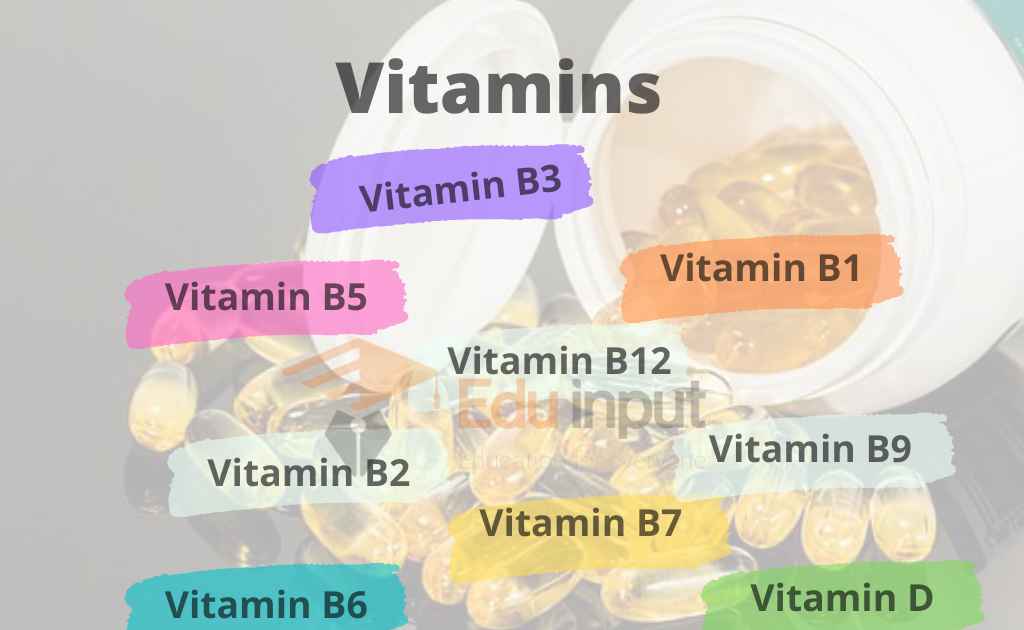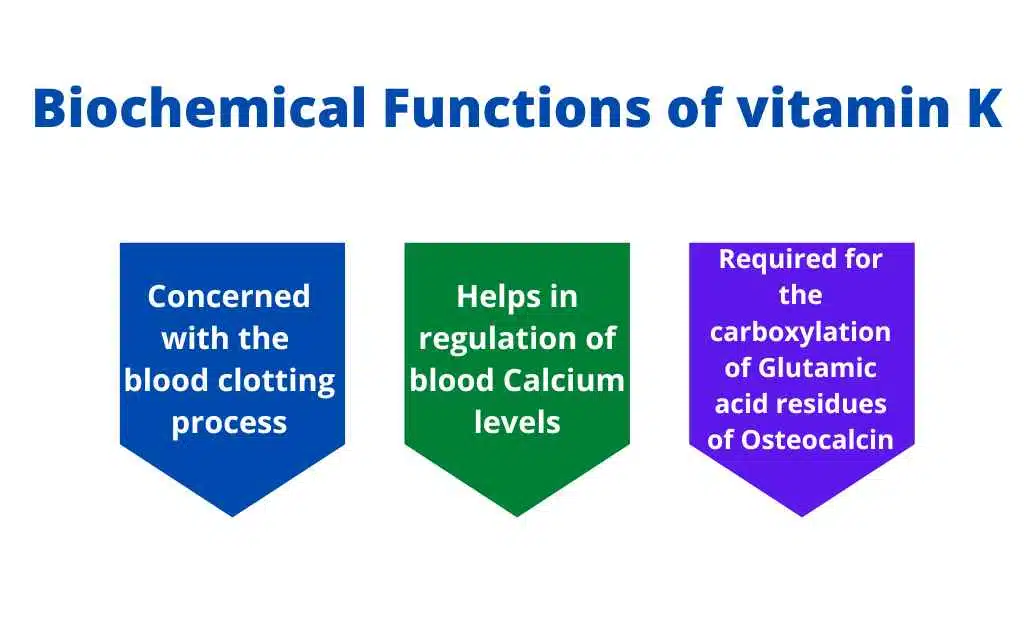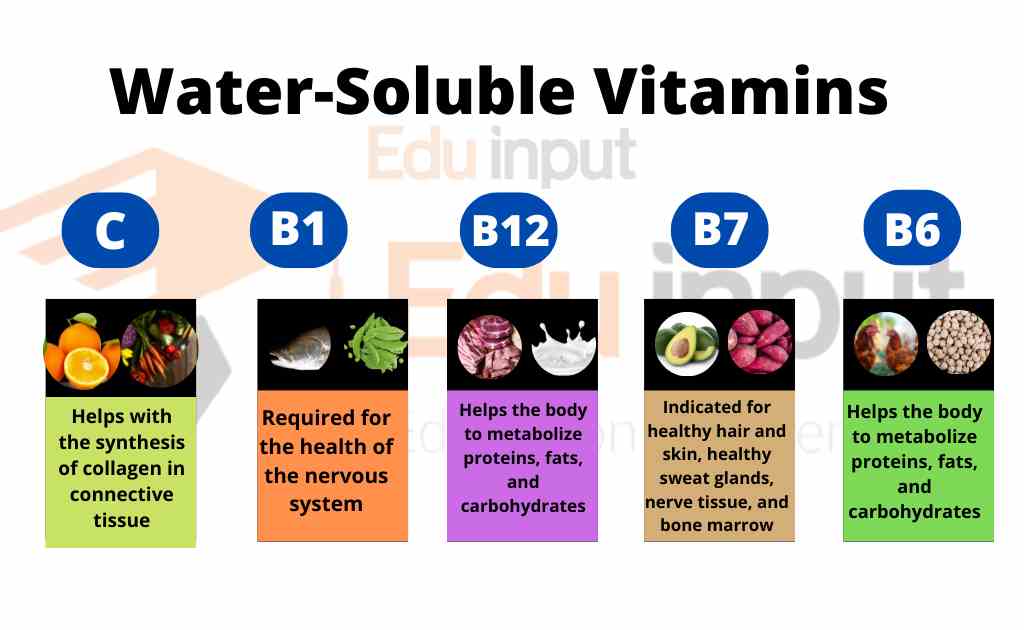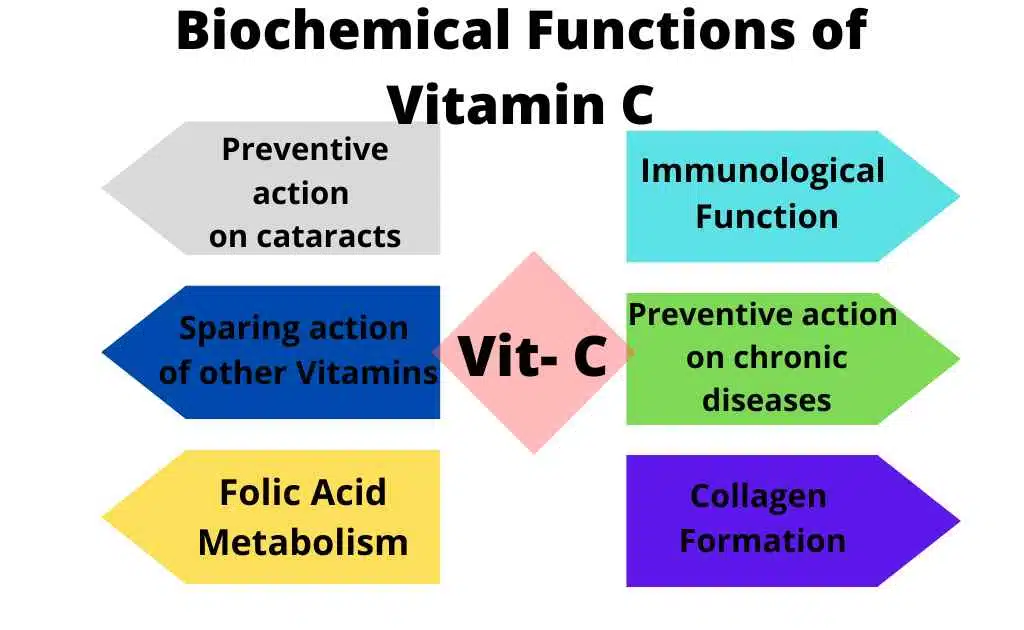What are Fat-Soluble Vitamins? Types, Sources and Functions
Vitamins are of two types, Fat-soluble vitamins, and water-soluble vitamins. These vitamins are soluble in organic molecules. Vitamins are coenzymes.
The four fat-soluble vitamins A, D, E, and K are often present in the fat portion of foods, they are not easily lost from foods or destroyed by exposure to water, heat, air, or light.
Vitamin A (retinol and beta carotene)
Vitamin A and carotene can be obtained from either animal or vegetable sources. The animal form is divided between retinol whereas the vegetable carotene can be split into four very potent groups, alpha-carotene, beta carotene, and gamma carotene.
Functions of Vitamin A
- Vitamin A is important for many bodily functions, including vision, growth and development, bone and cartilage formation, and healthy skin cells.
- It is also necessary for reproduction, metabolism, and immune system function.
Food sources of Vitamin A:
Liver, milk, egg yolk, carrots, dark green leafy vegetables, and yellow fruits are all excellent sources of vitamin A or beta carotene.
Deficiency of Vitamin A
- A diet deficient in vitamin A for several months may lead to night blindness and flaking skin.
- Vitamin A deficiency also affects the skin, causing it to become dry and rough.
Vitamin D (Calciferol)
The human body can produce vitamin D from cholesterol present in the skin. The conversion of vitamin D into its inactive form occurs when the skin is exposed to ultraviolet rays in sunlight. Both inactive vitamin D formed in the skin and vitamin D absorbed from dietary sources are transported through the blood stream to the liver, where they are stored.
Functions of Vitamin D:
- Vitamin D is important for the absorption of calcium.
- It also helps with the growth of bones and teeth, and it regulates phosphorus levels in the body.
- Vitamin D is also necessary for a healthy heart and nervous system.
Food sources of Vitamin D:
Vitamin D is present in fatty fish like salmon, tuna, liver, egg yolk, and butter. Smaller amounts are also present in dark leafy vegetables.
Deficiency of Vitamin D:
Vitamin D deficiency affects the mineralization of bones and teeth.
Vitamin E:
Vitamin E is an essential, fat-soluble vitamin that includes eight naturally occurring compounds. These compounds are split into two classes: Tocopherols and Tocotrienols. Both of these classes have slightly different functions in the body.
Vitamin E is an effective chain-breaking, a lipid-soluble antioxidant in biological membranes, and aids in membrane stability.
Function of Vitamin E:
- Vitamin E is a powerful antioxidant.
- Antioxidant capability helps to prevent degenerative diseases.
- Vitamin E helps to prevent blood clots formation, promotes fertility, and increases stamina and endurance. It’s also great for skin treatments!
Food sources Vitamin E:
Natural sources of vitamin E are mango, kiwi, nuts and sunflower seeds.
Deficiency Vitamin E:
Deficiency of vitamin E is not common, and the symptoms are not very clear but may include fatigue, inflamed veins, and slow wound healing.
Vitamin K:
Vitamin K is produced in the intestines and this function is improved with the presence of cultured milk, like yogurt, in the diet.
Functions of Vitamin K:
- The primary purpose of vitamin K is to help with blood clotting after an injury to prevent excessive bleeding.
- Vitamin K is needed for the production of prothrombin, which is an inactive form of thrombin.
- It also aids in the creation of prothrombin as well as playing a role in bone formation and repair.
Food Source of Vitamin K
This vitamin can be found in high concentrations in green leafy vegetables, cheese, and liver.
Deficiency of Vitamin K
It Increases the tendency to hemorrhage.
A Summary Of Fat Soluble Vitamins:
| Type | Vitamin Name | Function |
| A | Retinol | The functional part of visual pigments in the retina helps in Regulation of gene expression and cell differentiation |
| D | Calciferol | Stimulation of Ca2+ absorption, Mobilization of bone Mineral. |
| E | Tocopherols | Antioxidants, especially in cell membranes |
| K | Phyllo- quinone, | Coenzyme in formation of γ-carboxyglutamate residues. |







Leave a Reply